Self-organization process in newborn skin organoid formation inspires strategy to restore hair regeneration of adult cells
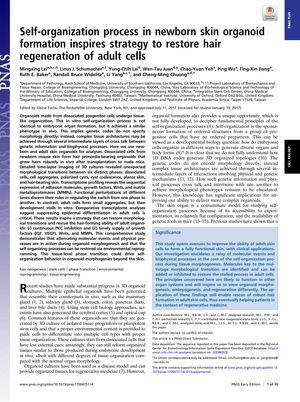
TLDR Newborn mouse skin cells can grow hair and this process can be recreated in adult cells to potentially help with hair loss.
In the 2017 study, researchers found that dissociated cells from newborn mouse skin can self-organize into hair-bearing organoids, which can grow hair when transplanted into nude mice. This process involves six morphological phases and is regulated by the sequential expression of various molecules. Adult mouse cells, however, initially failed to progress beyond small aggregates in vitro. By manipulating the cellular environment, specifically through PKC inhibition and the timed addition of growth factors, Wnts, and MMPs, the researchers were able to restore the hair-forming ability of adult cells. The study highlights the importance of the sequence of morphological events and the potential for environmental reprogramming to achieve complex tissue regeneration, which could inform future hair regeneration therapies. The number of subjects (mice) used in the study was not specified.
View this study on pnas.org →
Cited in this study
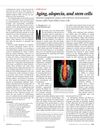
research Aging, alopecia, and stem cells
The document concludes that both internal stem cell factors and external influences like the environment and hormones affect hair loss and aging, with potential treatments focusing on these areas.
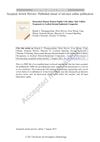
research Dissociated Human Dermal Papilla Cells Induce Hair Follicle Neogenesis in Grafted Dermal–Epidermal Composites
Human skin cells can create new hair follicles when transplanted into mice.
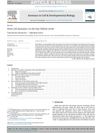
research Stem cell dynamics in the hair follicle niche
Stem cells in the hair follicle are regulated by their surrounding environment, which is important for hair growth.
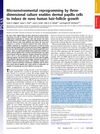
research Microenvironmental reprogramming by three-dimensional culture enables dermal papilla cells to induce de novo human hair-follicle growth
Growing human skin cells in a 3D environment can stimulate new hair growth.

research Fully functional hair follicle regeneration through the rearrangement of stem cells and their niches
Regenerated fully functional hair follicles using stem cells, with potential for hair regrowth therapy.
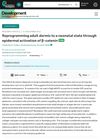
research Reprogramming adult dermis to a neonatal state through epidermal activation of β-catenin
Activating a protein called β-catenin in adult skin can make it behave like young skin, potentially helping with skin aging and hair loss.
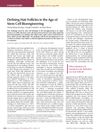
research Defining Hair Follicles in the Age of Stem Cell Bioengineering
The study found that bioengineered hair follicles work when using cells from the same species but have issues when combining human and mouse cells.
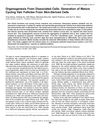
research Organogenesis From Dissociated Cells: Generation of Mature Cycling Hair Follicles From Skin-Derived Cells
Scientists have found a way to create hair follicles from skin cells of newborn mice, which can grow and cycle naturally when injected into adult mouse skin.
research Integument pattern formation involves genetic and epigenetic controls: feather arrays simulated by digital hormone models.
Feather patterns form through genetic and epigenetic controls, with cells self-organizing into periodic patterns.